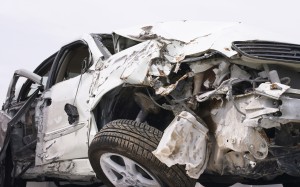This ding dong ditch was damn near deadly, a new lawsuit says.
An Illinois insurance agent has filed a $50,000 lawsuit against the family of a teen neighbor who allegedly rang his doorbell and ran away so many times the man suffered financial and health problems.
The suit from Shorewood resident John Wright accuses the 14-year-old ringer of obsessively targeting his doorbell for several weeks, according to Paste. The teen chose Wright, the suit says, because he works with the boy’s father.
The teen “repeatedly rang the doorbell at the Wright residence, then when (Wright) went to answer the door, no one would be at the door,” court papers say.
“(T)his is commonly known as ‘ding dong ditch.’”
The teen darkened the doorway so many times that Wright “suffered severe emotional distress, severe anxiety, sleeplessness, extreme and rapid weight loss, and required treatment medication in order to function in his daily living,” the suit says.
Wright also somehow lost $30,000 in income from the rampant ring, the suit says, though it does not specify how.
Wright eventually called the police over the doorbell games, and the teen confessed to cops that he rang Wright’s doorbell and ran off at least once.
The suit, filed in Wills County Circuit Court last week, names the teen as a defendant, as well as his parents, Rick and Sara Papp








